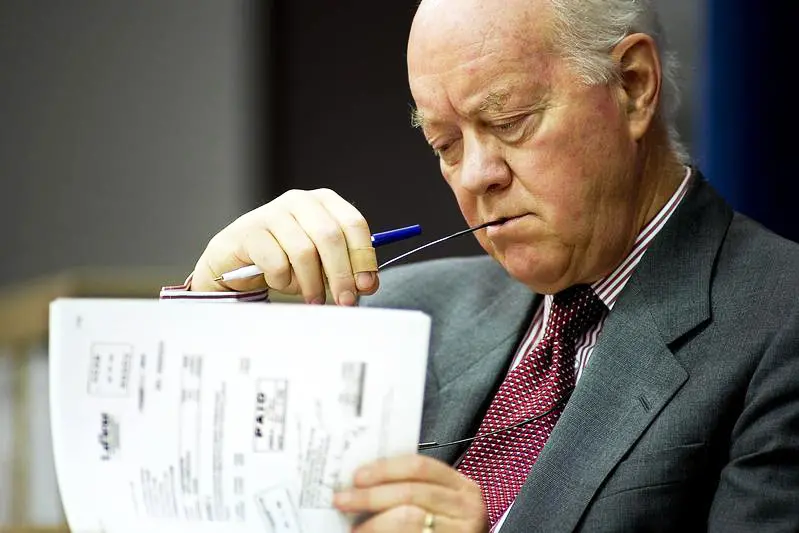PHOTO
With sukuk issuance likely to be sharply down on 2014, Mena Fund Manager looks at what trends have been emerging during the first half of the year
At the start of the year ratings agencies Standard & Poor's Ratings Services and RAM Ratings made bold predictions that sukuk issuance would reach new highs in 2015 after sailing over the $100bn mark last year.
However, the decision by key player Central Bank of Malaysia (BNM) to stop issuing the Islamic bonds in favour of other liquidity management instruments caused Standard & Poor's to slash its issuance estimate.
Standard & Poor's believes a more likely range for sukuk issuance in 2015 is between $50bn and $60bn, compared with $100bn to $115bn it had previously forecast.
In its revised guidance, Mohamed Damak, global head of Islamic finance, said: "In the first half of 2015, BNM's pullback saw total sukuk issuance drop by 42.5% compared with the same period a year earlier.
"In 2014, BNM alone issued about $45bn of sukuk out of a total issuance of $116.4bn."
Notwithstanding the BNM impact, global sukuk issuance fell by 10.7%, in line with S&P expectations. The fall in oil prices and its effect on government spending and investment projects was expected to lead to lower issuance.
"While we expect this trend to continue in the second half of 2015, the effect of lower oil prices on sukuk issuance in 2016 remains uncertain," S&P noted. "Such an effect will depend on whether there is a recovery in oil prices or whether governments in core markets decide to reprioritise their spending and avoid continuing using their reserves and tap the capital markets more aggressively to finance their spending."
TRENDS SO FAR
According to S&P, governments and related entities accounted for three-quarters of total issuance during the first half of the year, while banks also raised around $5bn. It noted that non-financial companies in the GCC had remained cautious in light of the "uncertain economic environment".
Despite the revised forecast there have been a number of large issuances from corporates in the region. Data from the Gulf Bond & Sukuk Association shows issuance worth more than $1bn from RAK Capital, Islamic Development Bank and Dubai Islamic Bank, as well as a number of other significant issuances by other corporates from the region.
"The first six months of 2015 has been mixed," says Brian Hoey, Dubai-based vice president for corporate trust at BNY Mellon. "Focusing on Islamic finance, issuances are mainly coming from financial institutions and corporates.
"There has been a mix between conventional and Islamic issuance this year," he explains. "Last year I was working mainly on Islamic issuance, but there has definitely been more diversification regarding how issuers are coming to market and how they are raising their funding."
Greater activity in the market by financial institutions comes amid regulatory changes in the global banking sector such as the implementation of Basel III to meet capital requirements. "Financial institutions issuance has come predominantly from Tier 1 perpetual sukuk transactions and corporate issuance mainly from perpetual hybrids, which are hybrid bonds with debt and equity characteristics," Hoey says.
"The hybrid bonds have come from various countries around the region: Oman and the UAE continue to be busy; and we are seeing a growth in issuances from Saudi Arabia and Qatar."
As well as activity from financial institutions, there has also been activity from further down the scale with a number of smaller corporates seeking to raise cash.
"We are also seeing more private placement sukuks from corporates coming to market raising funds typically between $100m and $300m and issued outside of the ICSD [international central securities depository]," says Hoey.
"A key advantage of this funding mechanism is the tenure advantage you might get from typically shorter banking lending options." Despite lower issuance in 2015, so far, a number of large projects in the region during the coming years will still require funding from the capital markets.
"Project finance issuance continues to be one to watch," says Hoey. "There's a strong pipeline of infrastructure projects that need funding in the region such as the World Expo 2020 in Dubai and the 2022 World Cup in Qatar. We are seeing more sukuk and bonds being issued to raise funds for these events."
THE NEXT SIX MONTHS
While the exit from the market of BNM may affect issuance this year, the longer term outlook remains positive as greater numbers of issuers - both sovereign and corporate - come to market in search of new investors.
"You'll always have the key restrictions or hurdles that you have to overcome with sukuk issuance," says Hoey. "The lack of availability to high quality liquid assets is always there. The standard of regulation is key to the development of the Islamic sector.
"The main advantages that sukuk have are the growing requirement in the region from governments and corporates to raise funds, and they open up a wider investor base."
While a more recent trend has seen non-Islamic countries beginning to issue sukuk, a number of countries within the region are adopting rules for Islamic finance and could potentially pave the way for more Mena issuers.
Sovereign issuers and banks are expected to dominate issuance during the second half of 2015, according to S&P. The rating agency claims while lower oil prices have not had a big impact on sukuk issuance by GCC governments, those "most vulnerable to the fall in oil prices, namely Oman and Bahrain" will be likely to issue sukuk.
Indeed, having recently set up a specialist Islamic banking department, the Central Bank of Oman is expected to raise OMR200m in the coming months, according to Fitch Ratings.
Issuance for the remainder of the year, may yet be challenged by events outside the region, however. The uncertain economic environment seems to have had a chilling effect on some issuers, who have taken a 'wait and see' approach.
Hoey says: "There is still is a strong pipeline for sukuk because we know a lot of issuers that want to come to market but the key uncertainty is around timing."
© MENA Fund Manager 2015












